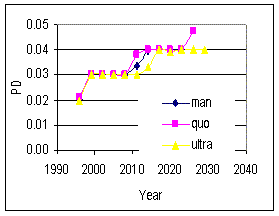
Patch Density: The number of patches per square kilometer. |
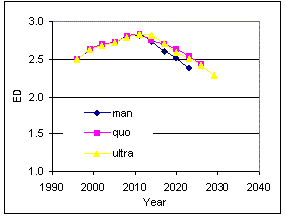
Edge Density: The total length of all edge segments per hectare for the class or landscape of consideration (unit: m/ha). |
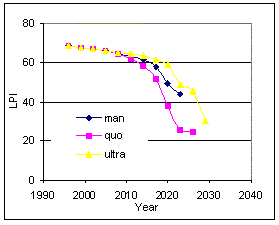
Largest Patch Index: The ratio of the area of largest patch to the total area of the landscape (unit: percentage). |
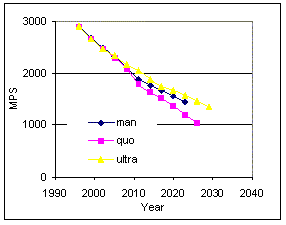
Mean Patch Size: The average area of all patches in the landscape (unit:ha). |
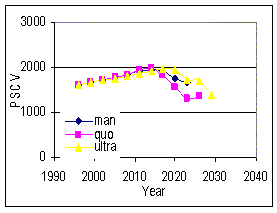
Patch Size Coefficient of Variation: The standard deviation of patch size divided by mean patch size for the entire landscape (unit: percentage). |
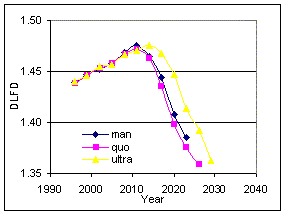
Double-Log Fractal Dimension: The fractal dimension for the entire landscape, equal to 2 divided by the slope of the regression line between the logarithm of patch area and the logarithm of patch perimeter (unitless). |
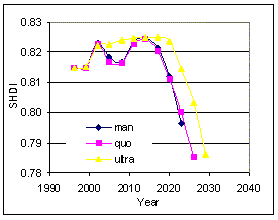
Shannon's Diversity Index: A measure of patch diversity in a landscape that is determined by both the number of different patch types and the proportional distribution of area among patch types (unitless). |
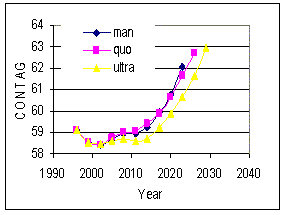
Contagion: An information theory-based index that measures the extent to which patches are spatially aggregated in the landscape (unitless). |